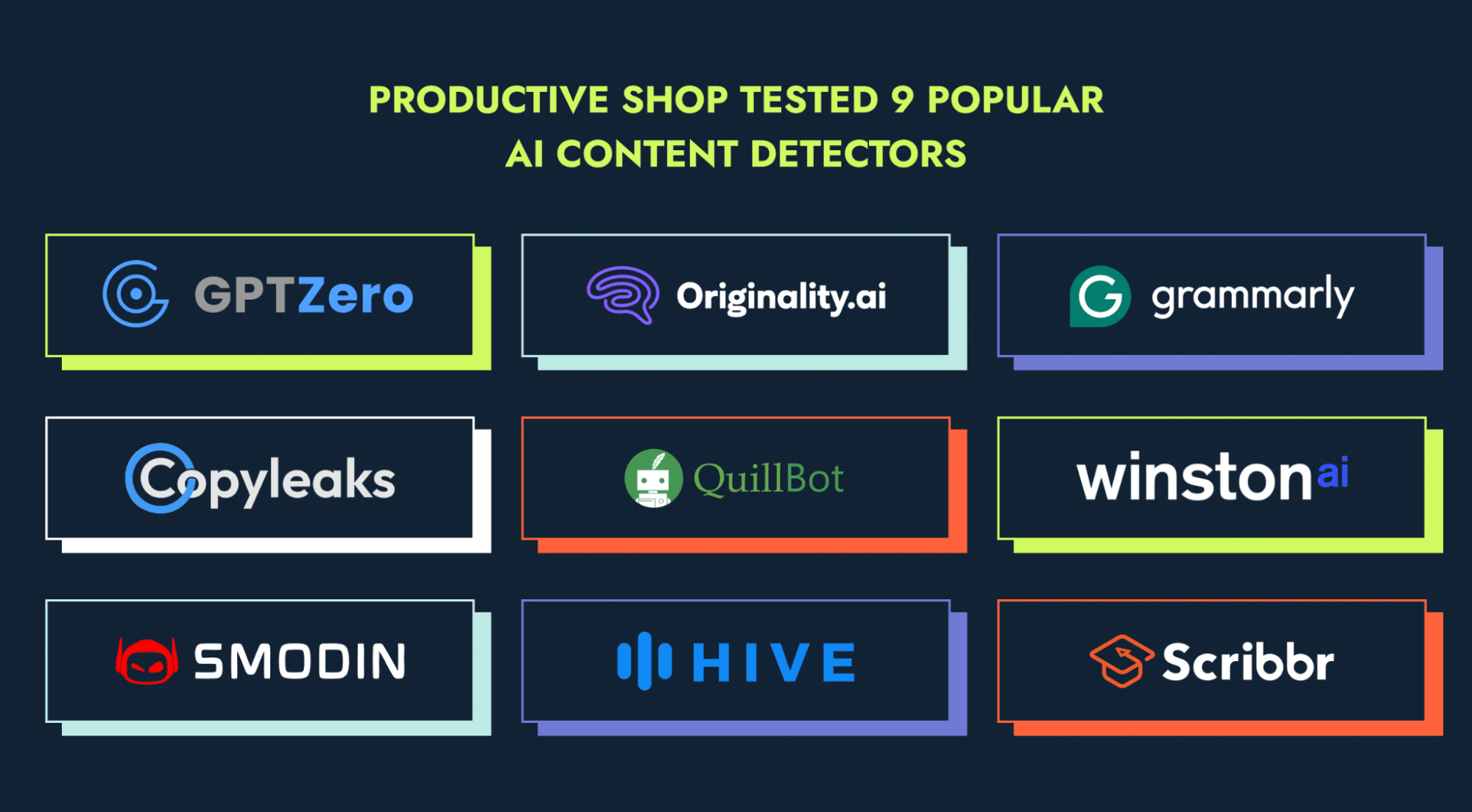AI Detection Tools Differentiate Human and ChatGPT Text
AI detection tools differentiate human and ChatGPT text using linguistic patterns and statistical analysis, crucial for maintaining authenticity.

AI Detection Tools Differentiate Human and ChatGPT Text
As AI language models like ChatGPT become more prevalent in various fields such as education, journalism, and content creation, the ability to identify AI-generated text has become crucial. This article explores how AI detection technology is advancing to distinguish between human and AI-written content.
The Challenge of Detecting AI-Generated Text
ChatGPT and similar large language models (LLMs) produce text that closely mimics human writing in style and tone. This makes manual detection challenging, even for experienced readers. Users often edit AI-generated text to make it appear more human-like, adding another layer of complexity.
AI-generated text typically exhibits:
- Predictable sentence structures and phrasing
- Balanced word choice distributions
- Low "burstiness" or variation in linguistic complexity
- Consistent patterns of coherence and transitions
In contrast, human writing usually shows more variability in sentence length, style, and lexical diversity.
How AI Detectors Work: Techniques and Tools
Leading AI detection tools use a combination of machine learning classifiers, stylometric analysis, and semantic embeddings to analyze text. These tools compare input text against extensive datasets of known AI and human writings to identify AI-generated content.
Key technical approaches include:
- Perplexity and Burstiness Analysis: Measures of text predictability and variation. AI-generated text often has lower perplexity and burstiness.
- Language Pattern Analysis: Identifying repeated sentence structures and grammatical patterns typical of AI.
- Semantic Embedding Models: Mapping words and sentences to numerical vectors to detect unnatural semantic relationships.
- Multi-layered Classification: Advanced detectors use layered models for higher accuracy.
Notable detection platforms include GPTZero, which uses a seven-layer model, and Pangram Labs, known for its high accuracy across multiple languages. Quetext combines AI detection with plagiarism checking.
Practical Applications and Limitations
AI detection tools are essential in academic settings to uphold integrity, in journalism to verify original reporting, and in content moderation to combat misinformation. However, challenges remain, such as:
- False positives with non-native or stylistically unusual human writing
- AI-human hybrid texts
- Rapid evolution of AI models
Experts recommend using AI detectors alongside human judgment and contextual verification.
Evolving Strategies to Evade Detection
Some users attempt to bypass detectors by "humanizing" AI output, introducing variability in sentence length and using idiomatic expressions. Despite these efforts, top-tier detectors continue to improve by learning from such texts.
Context and Implications
The ability to detect AI-generated text is crucial for maintaining authenticity and trust in digital communication. Detection technologies encourage discussions about responsible AI use and the evolving role of human creativity.
In summary, detecting AI-generated text is feasible with specialized tools that analyze linguistic patterns and statistical signatures. While challenges remain, these tools are vital for maintaining trust and authenticity in a world increasingly influenced by AI-generated content.



